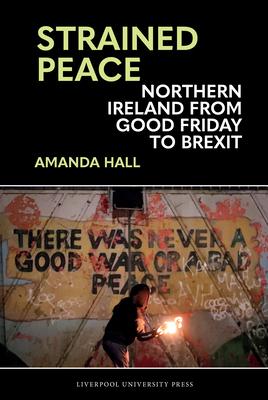As the United Kingdom continues to grapple with the aftermath of Brexit, one corner of the Union has remained caught in the crosshairs. Northern Ireland has been the subject of renewed scrutiny since 2016, as efforts to leave the European Union come up against the terms of the Good Friday Agreement and threaten the region's hard-won peace. The reasons for these challenges can be traced back to the Agreement itself, as the negotiated settlement and its immediate aftermath set in place a strained peace. This book examines the function - and dysfunction - of peace after 1998 to explain why its endurance cannot be taken for granted.
Strained peace stands apart from the traditional peace/violence binary. Structures of conflict and patterns of division are reiterated in the structures of peace. Tensions might relax just as they might be inflamed by new challenges, but the threat of a return to violence is never fully gone. This book explores how such a condition developed between Good Friday and Brexit, addressing variations in the quality of peace in the insecurity of official structures at Stormont, the shifting role of community groups and the third sector, and the adaptation of culture as a "culture war" replaced physical violence on the streets.
